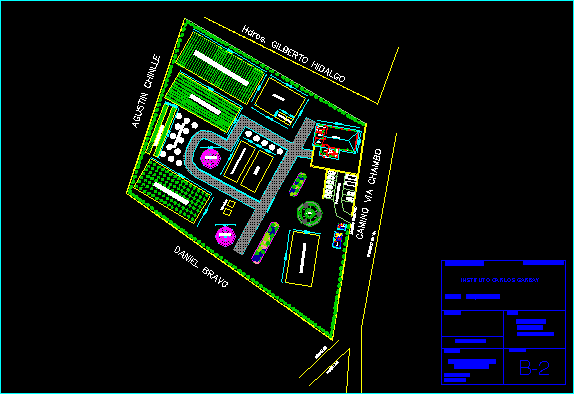

This means that the content inside the Synced Block is – as the name implies – synced across every page where it exists. Essentially, a Synced block created a window from one Notion page back to the original Notion page where it was created. If you’ve ever used block embeds in Roam Research, you’ll be familiar with this concept. Once done, you’ll be able to see and edit that content from anywhere you’ve pasted the Synced block. What are Synced Blocks in Notion?Ī Synced block is essentially a wrapper that lets you embed content from one Notion page into other pages. Want to try these out for yourself? Check out this companion page I built in Notion it contains examples of Synced blocks, and you can duplicated it in order to change things and learn by trying things out.
NUMBER OF TEXT BLOCKS IN THOMAS HOW TO
This guide will teach you everything you need to know about how to use Synced blocks, and give you some ideas for where to use them. Synced blocks were quietly introduced in an open beta in early June 2021, and fully released to the public on June 29, 2021. Ideally, a text block would be indented to match the indentation of the surrounding code.Have you ever wanted to embed content from one Notion page inside another? Well, now you can – that’s exaclty what Synced Blocks in Notion allow you to do. Thus, placing the closing delimiter on the last visible line effectively drops the last \n. This text block is equivalent to is "red\ngreen\nblue". What if you want to represent a multi-line string without that final \n? String name = """ Note that the example above, String name = """ The equivalent string literal would be: String source = "String message = \"Hello, World!\" \n" + Note that there is no need to escape the embedded double quotes.
NUMBER OF TEXT BLOCKS IN THOMAS CODE
Here's an example of a snippet of Java code within a text block: String source = """ This last example is equivalent to the following string literal: String name = "red\n" + The reason for this is that text blocks are primarily designed to support multi-line strings, and requiring the initial line terminator simplifies the indentation handling rules (see the section below, Incidental White Space). You can't put a text block on a single line, nor can the contents of the text block follow the three opening double-quotes without an intervening line terminator. Of shoes - and ships - and sealing-wax -Ī text block begins with three double-quote characters followed by a line terminator. Using text blocks removes much of the clutter: // BETTER "Of shoes - and ships - and sealing-wax -\n" + String message = "'The time has come,' the Walrus said,\n" + In this case there is considerable clutter from quotation marks, newline escapes, and concatentation operators: // ORIGINAL This primarily occurs when a string literal is used to represent a multi-line string. Smith""".substring(8).equals("Smith") // trueĪ text block can be used in place of a string literal to improve the readability and clarity of the code. String methods may be applied to a text block: """ Text blocks may be used as a method argument: (""" String together = str + " and " + tb + "." For example, text blocks may be intermixed with string literals in a string concatentation expression: String str = "The old" Text blocks can be used anywhere a string literal can be used. Both dqName and tbName intern to the same string Continuing with dqName and tbName from the examples above, // Both dqName and tbName are strings of equal value This includes object representation and interning. The object produced from a text block is a with the same characteristics as a traditional double quoted string. Text blocks eliminate most of these obstructions, allowing you to embed code snippets and text sequences more or less as-is.Ī text block is an alternative form of Java string representation that can be used anywhere a traditional double quoted string literal can be used. In earlier releases of the JDK, embedding multi-line code snippets required a tangled mess of explicit line terminators, string concatenations, and delimiters. IntroductionĪ text block's principalis munus is to provide clarity by way of minimizing the Java syntax required to render a string that spans multiple lines. This guide assembles practical usage advice for text blocks, along with some style guidelines.

While the JEP explains the feature in great detail, it's not always apparent how the feature can and should be used. JEP 378 adds the language feature text blocks to Java SE 15 and later.

Detecting Potential Issues with White Space.


 0 kommentar(er)
0 kommentar(er)
